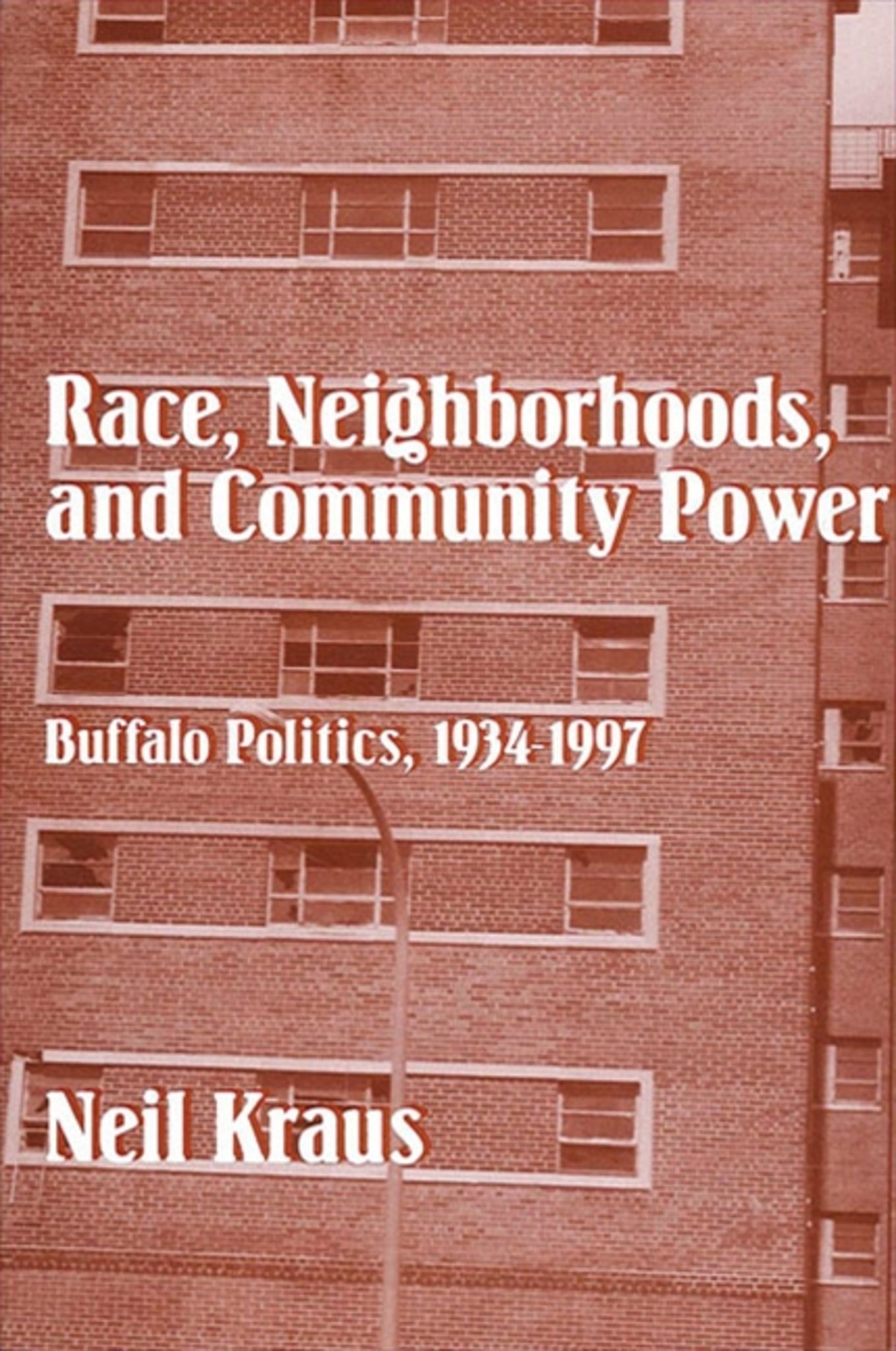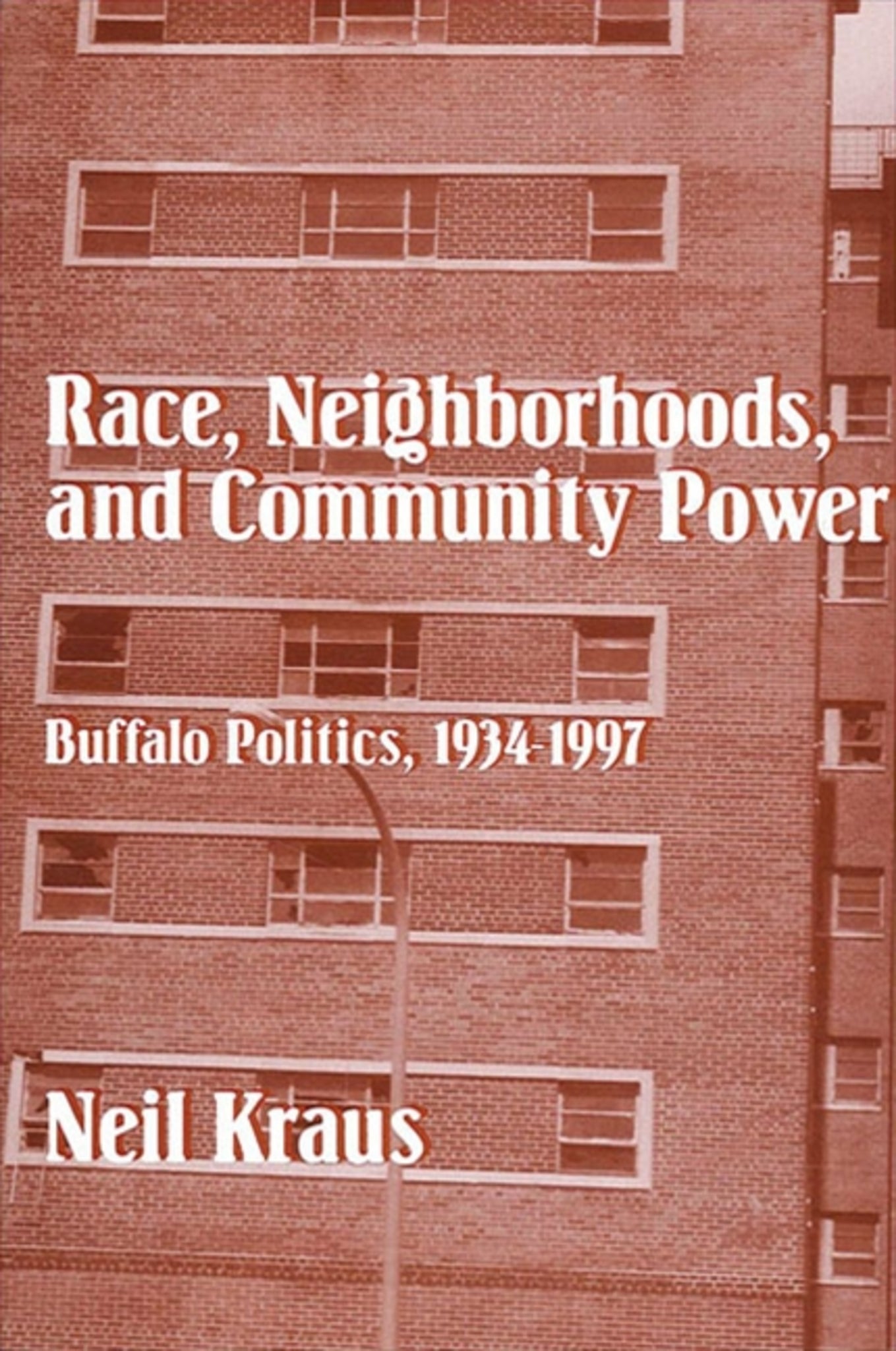We're sorry. An error has occurred
Please cancel or retry.
Race, Neighborhoods, and Community Power

Some error occured while loading the Quick View. Please close the Quick View and try reloading the page.
Couldn't load pickup availability
- Format:
-
09 November 2000

Examines the extent to which race affected public policy formation in Buffalo, New York between 1934 and 1997.
In this provocative and in-depth history of several decades of recent Buffalo city politics, Neil Kraus examines the local political causes behind geographic concentrations of poverty. Race, Neighborhoods, and Community Power makes the compelling case that policy adopted at the local level has had a significant impact on the development of low-income, segregated urban neighborhoods. By examining the policy areas of urban housing, urban renewal, education, fair housing, as well as several major development decisions, Kraus offers a detailed, step-by-step investigation of how each policy decision affected the segregation of the city's east side, and thus provides a new perspective on the debate over concentrated urban policy.


"The case studies are quite interesting and demonstrate that local decisions in urban renewal, public housing, and education reinforced concentrated poverty, and not only racial segregation. This is an important point..." — Dennis R. Judd, University of Missouri–St. Louis
Illustrations
Preface and Acknowledgments
1. Race, Neighborhoods, and Community Power
2. Buffalo and Western New York
3. Race, Neighborhood Composition, and Representation
4. Race and Public Housing Policy: The Early Years
5. Urban Renewal and the East Side
6. Urban Unrest, Suburban Growth, and the Birth of the Contemporary Ghetto
7. Arthur v. Nyquist and the Emergence of Mayor Griffin
8. Nostalgia and Confrontation: The Griffin Years
9. Conclusions
Postscript
Methodological Appendix
Notes
References
Index



